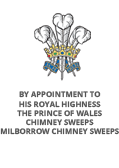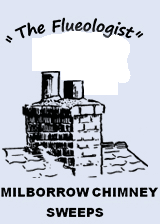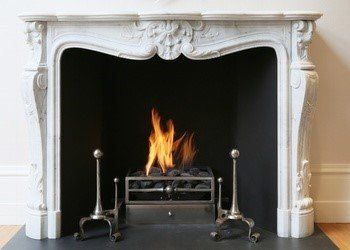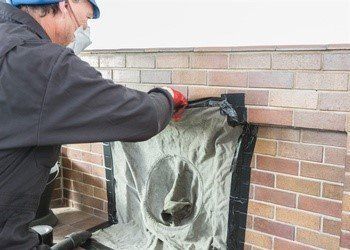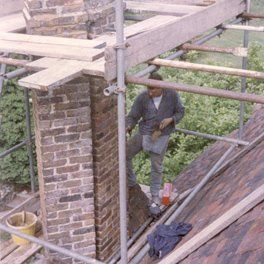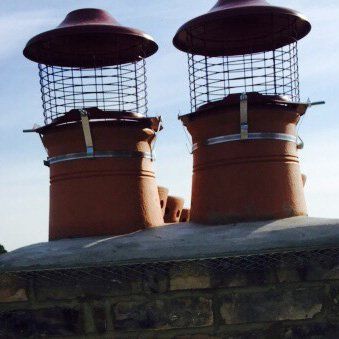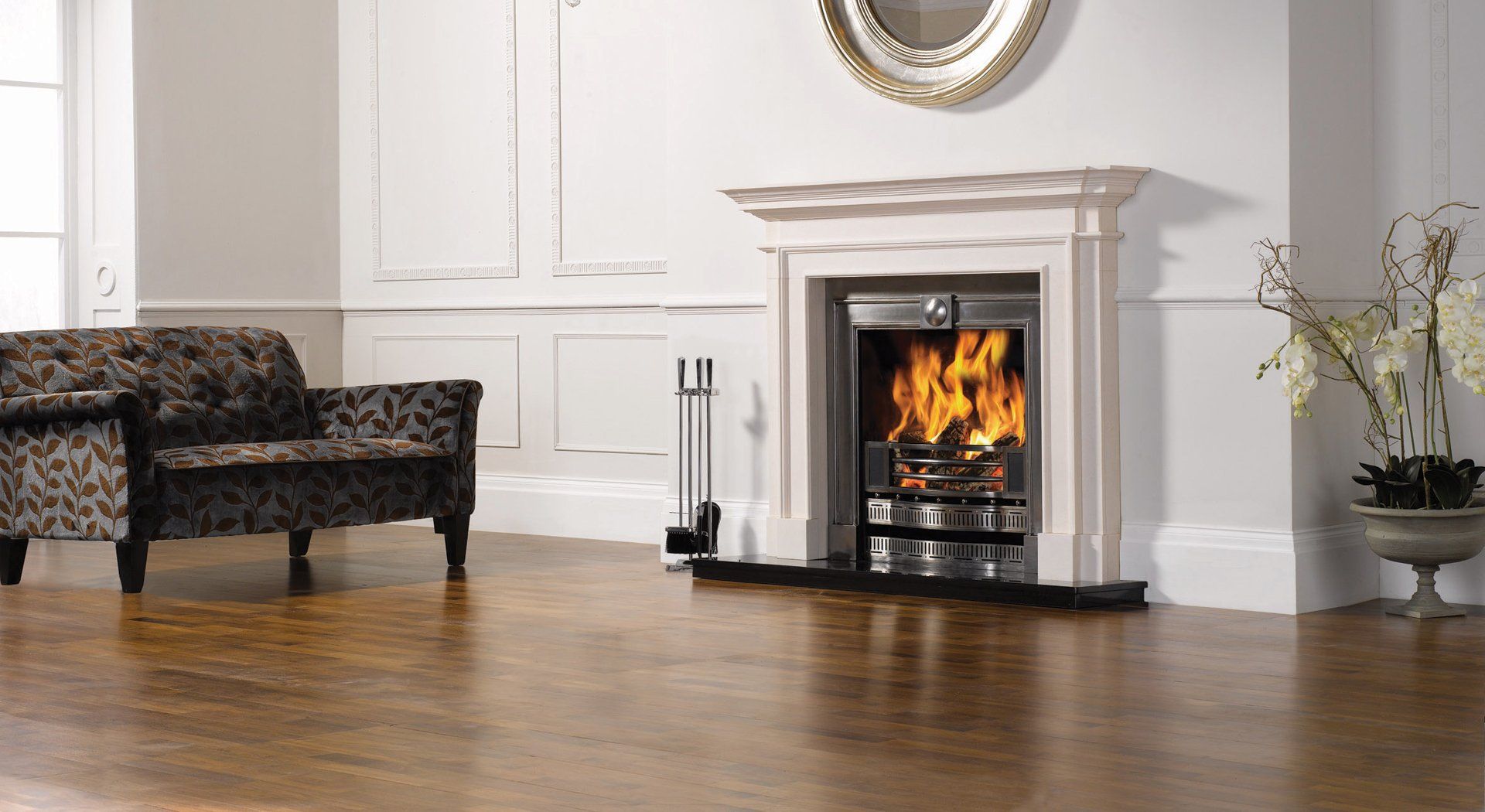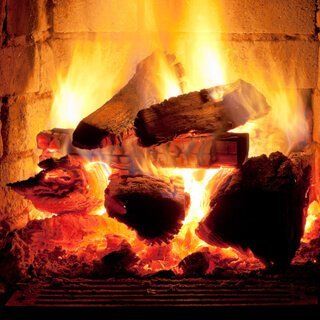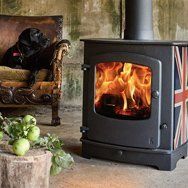Transform Your Home with Professional Fireplace Restoration Services
- By Milborrow Chimney Sweeps
- •
- 15 Feb, 2019
- •

Restoring a fireplace can give homes a new lease of life, especially if the fireplace was tucked away underneath previous cosmetic changes. In fact, it’s common that many fireplaces have been hidden over the years, particularly as they began to transform into ornamental pieces within the home.
Previously, particularly around the 1960s, fireplaces were covered up as heating systems were reintroduced to homes, meaning they simply weren’t required or relied upon as heavily as before.
Whether you’ve recently discovered a fireplace or it’s always been visible, restoration to its original working state can do wonders for a house.
Now, before we get carried away imagining how great the fireplace will look when it’s finished, it’s usually wise at this point to look into whether restoration is actually possible. Let’s look into how you can safely restore your fireplace.
The best advice we can give is to consult with a professional surveyor or experienced restoration specialist before you get to work. The biggest concern that people often have is the stability of the chimney surrounding the fireplace, and particularly if this has been covered by bricks, whether this may affect the feasibility of the fire working in the future.
Often a fireplace is absolutely recoverable, it’s simply a case of ensuring there won’t be any long-lasting damage following the restoration.
The most important elements when it comes to safety, are structural support and the condition the chimney is in.
You’d be forgiven for forgetting the chimney, with brickwork resulting in builders potentially getting involved, you need to ensure that once you’ve got that fireplace back in working order that the chimney works.
Once the brickwork has been cleared and you have the chimney open, a great way of checking if the chimney is still operational is lighting a candle and seeing if the flame is drawn towards the direction of the chimney.
Now, all of this may be rudimentary, as it could be that there is no chimney at all. It goes without saying, the need for a chimney and flue is essential when it comes to restoring a fully functional fireplace.
What is a flue?
When you light your fireplace, fuel is burned in order to produce heat. This creates gasses that aren’t required and need to be ventilated out of the system to keep it from becoming dangerous or simply getting dirty.
Different fireplaces are compatible with different types of flue, depending on the size of the diameter of the flue. This is worth considering when you’re looking at restoring your fireplace - although you assume that the flue is compatible with whatever fireplace is currently there if you’re upgrading it may be that the current specification isn’t up to scratch.
A traditional chimney, for example, has a stack on the roof of the house, which is used to dispel the waste gases. It doesn’t require any extra ventilation, as it simply relies on the airflow through the house to remove the waste.
Other types of flue are available depending on the type of restoration you’re considering, it’s best to contact a restoration team for more information on the restrictions.
Now that you’ve discovered whether the structure is safe, and you can begin the rebuilding process of your fireplace restoration, it’s time to check the airflow through the chimney to make sure it remains operation for the long-haul.
As we mentioned earlier, a surefire way of discovering whether a chimney is still in good working order is holding a lit flame within the chimney cavity and seeing how it behaves. If it moves towards the chimney (or is drawn upward) then the signs are positive, if the flame is still, then it may be that an obstruction needs to be removed.
Clearing the entire space up to the top of the chimney is a necessity, but there’s also a secondary benefit of clearing any debris out of the chimney cavity. It then provides you or a builder with the opportunity to check for any structural damage that may need to be addressed.
Following this, it’s time to bring in a chimney sweep! They’ll remove any capping on top of the chimney, and begin to sweep away all of the dirt contained within your fireplace. This also provides a vital opportunity to check the condition and operation of the flue.
We should add, as a note of caution, that
failing to keep your chimney in a clean condition once it’s operational can
result in not only the obvious consequences of a fire but also a seepage of
carbon monoxide into the property, which can lead to obvious consequences.
Restoring the appearance of your fireplace
Over the years, many finishes have been applied to a fireplace, which results both in a deterioration of the true original appeal of the fireplace – and sometimes the degradation of its elements.
The important thing to remember is that this process will be worth it in the long-term, an authentic original fireplace looks incredible and once restored to its former glory, will heighten the aesthetic appeal of any room.
This is particularly relevant for cast-iron fireplaces, as environmental issues, as well as other people applying their own finish to the fireplace, can reduce the appeal of the fireplace. However, there is a range of methods available that can restore a cast-iron fireplace.
In terms of removing paint, the best way to fully remove all of the paint from a fireplace is sandblasting. The fireplace or radiator is stripped back to the bare cast iron, which is the first stage of restoration and the starting point for a new finish.
Following this, the sandblasted fireplace can be finished with a high-temperature black paint finish, which not only provides a base for any further visual appeal but also helps cover the entire fireplace in a painted finish which eliminates the risk of rusting.
Of course, many people working on a budget
won’t be able to have their fireplace sandblasted, and will look to remove the
paint from the fireplace themselves.
Getting started with your current fireplace
Preparation is needed before you start, as it’s a messy job removing paint from an old fireplace. Cover up all of your furniture and line the areas surrounding the fire. Next, you’ll want to apply some paint stripper that will begin to dissolve the paint on the fireplace.
After it’s been left for a little while to settle, the paint will start to bubble, which can then be removed away with a wipe. It will probably take 2-3 applications of the paint stripper to remove all of the paint, and also a lot of patience as reaching into the more detailed elements of the fireplace can be tricky.
Now the fireplace is ready for your finish to be applied, here are a few of the most common:
● Traditional grate polish - this is the safe modern day equivalent of lead blacking. This is applied and left to dry, before being buffed the give a traditional shine.
● Highlight finish - specific details within the fireplace are polished to a high shine finish, with certain details highlighted in contrast to other elements that are less-polished.
● Polished finish - a full polish is applied to the entirety of the fireplace, with only the recessed details left without being buffed, leaving a black finish contrasting with the high shine
With over 100 years’ experience in the maintenance of chimneys and fireplaces, we are well placed to provide you with the services that you require to ensure a healthy and efficient fireplace.
Provide your fireplace and chimney with the maintenance they deserve by calling us today to make a booking where we will visit you at your home or commercial address where we can assess your fireplaces and chimneys and make some recommendations based on our findings.
We provide a comprehensive fireplace repair and maintenance service for clients as diverse as the National Trust, estate agencies and private clients. With experience working on vast antique hearths as well as compact modern fireplaces, you can rest assured that we can service and repair your solid fuel fire.
Visit the large showroom of our sister company, Croydon Fireplaces at Parkfields Farm, Hophurst Lane, Crawley Down, West Sussex, RH10 4LN, or Call 01342 717 900.
Alternatively, contact us online and one of our experts will get back to you as a priority.
